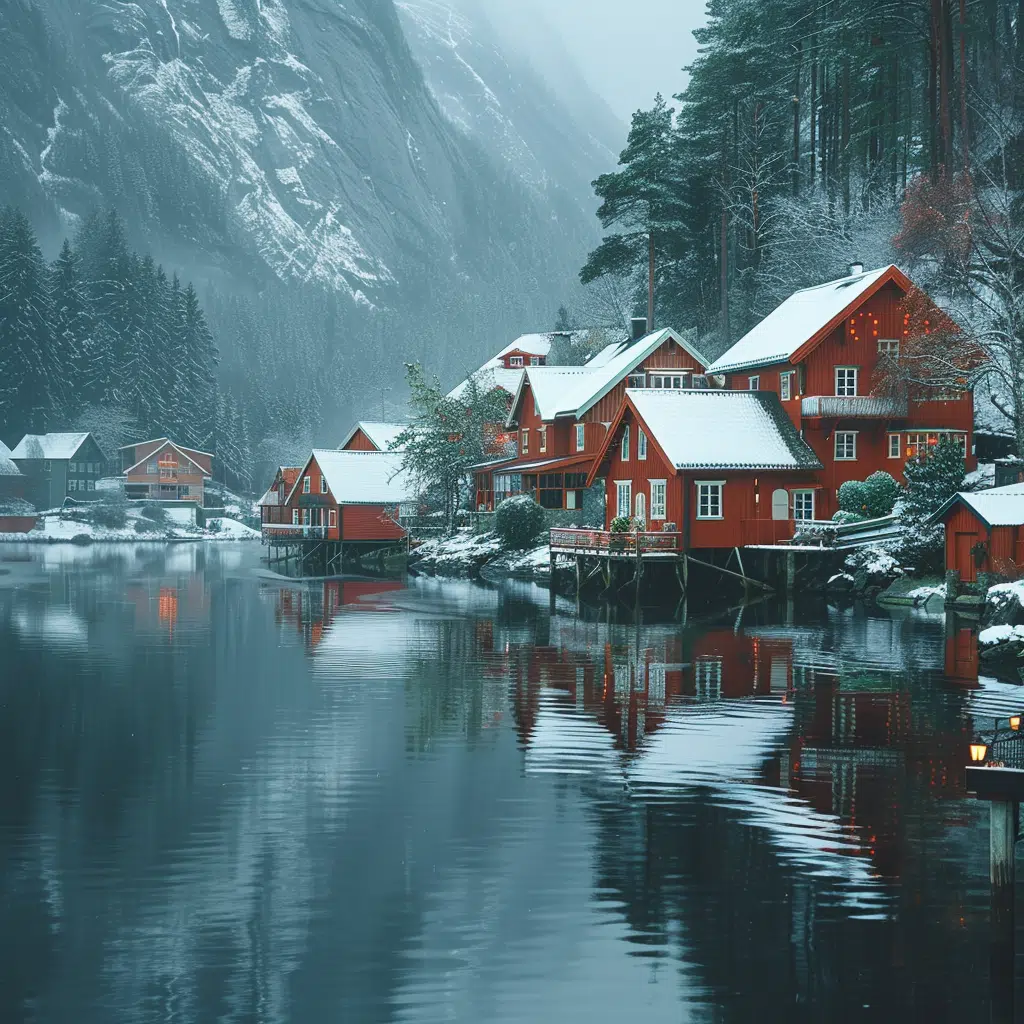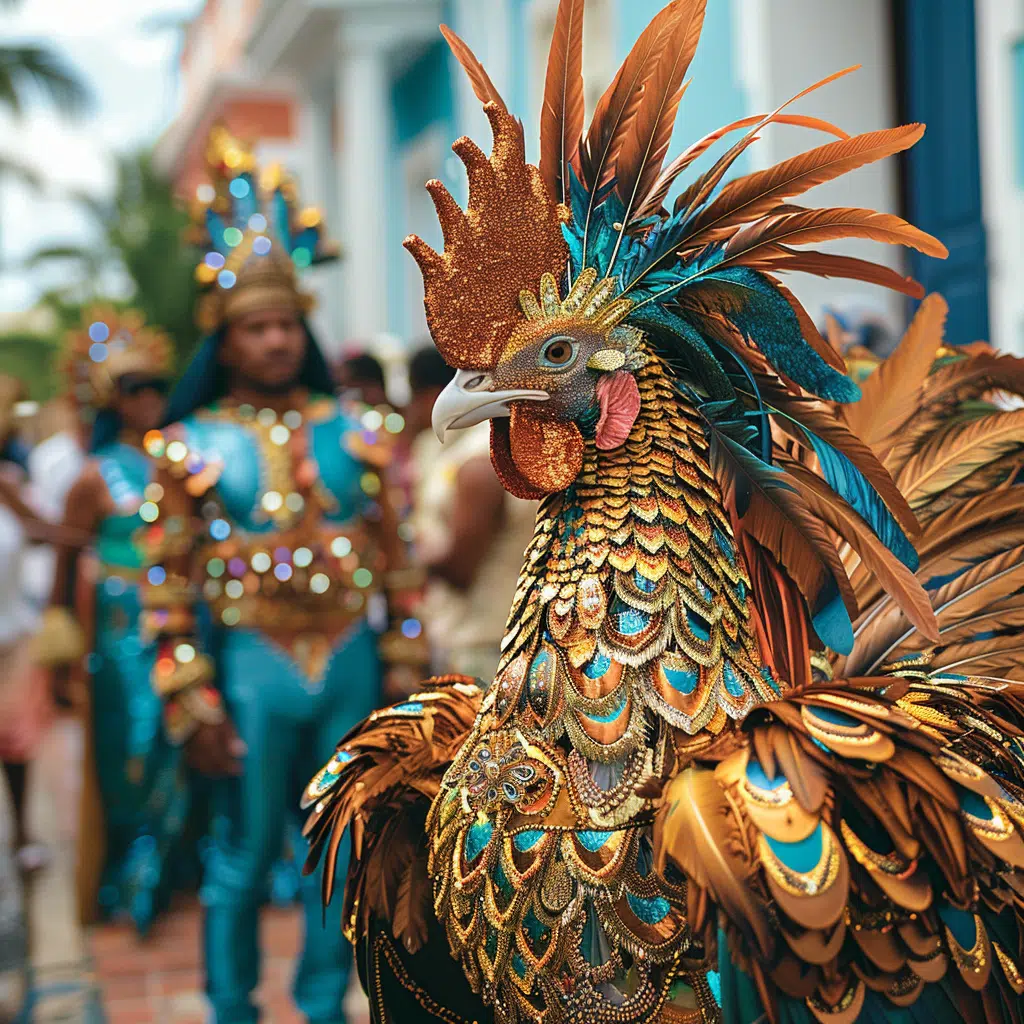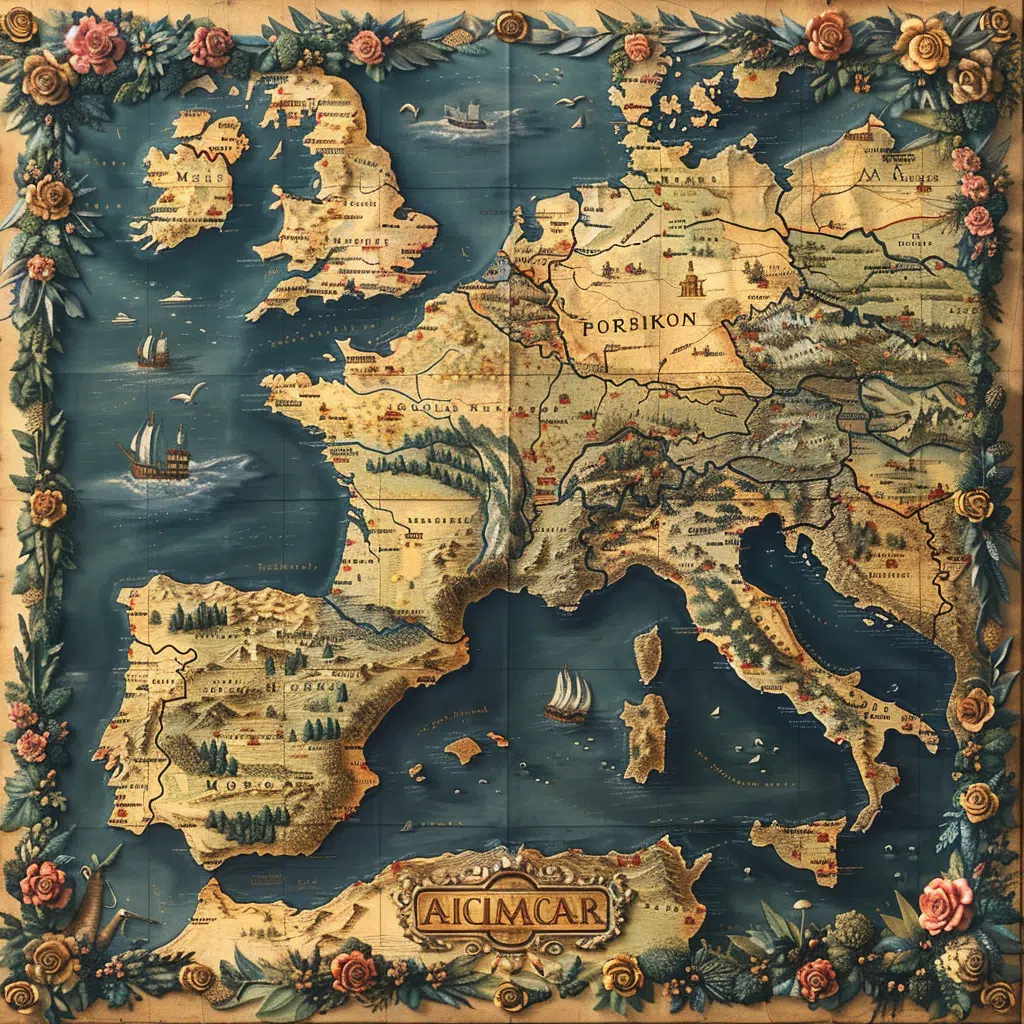The giant sea spider, a reminder that our planet is teeming with creatures as bizarre and wondrous as any science fiction, might not be on Elon Musk’s radar for space exploration or a subject that Neil deGrasse Tyson has famously pontificated upon, but these enigmatic creatures of the deep definitely deserve a closer look.
A Deep Dive into the Gigantic World of Giant Sea Spiders
You’ve probably heard of spiders, but what about their aquatic namesakes, the giant sea spiders, or Colossendeis? With leg spans rivalling that of a small child’s height—clocking in at a staggering 40–50 centimetres—they are true marvels of the deep. These are not your garden-variety spiders, nor are they crabs. They belong to their own unique class, Pycnogonida, making them a basal sister group to the more well-known chelicerates. Picture a creature crawling along the ocean floor, with long, jointed, stilt-like appendages, resembling something straight out of an alien world and you’ve got yourself a giant sea spider.
1. Oxygen Transport: How Giant Sea Spiders Breathe Underwater
Unlike us landlubbers with our intricate lungs, or the gilled fishes of the sea, giant sea spiders have a trick up their sleeve—well, more accurately, in their legs. Instead of lungs or gills, they utilize a unique system where oxygen diffuses directly through their cuticle and into their body. Giant sea spiders push bodily fluids loaded with oxygen via the tubular heart, extending out to their legs, creating a fascinating and effective method of respiration. This efficient adaptation could provide insights into novel approaches of oxygen transport in biology, with potential applications stretching as far as biomedical breakthroughs or diving technology innovation.
| **Attribute** | **Detail** |
|---|---|
| Common Name | Giant Sea Spider |
| Scientific Name | Colossendeis sp. |
| Classification | Phylum: Arthropoda; Class: Pycnogonida |
| Size | Leg span: 1mm to 50cm (0.03 inches to ~20 inches) |
| Notable Feature | Stilt-like legs, Proboscis for feeding |
| Habitat | Marine and estuarine; from shallow waters to deep sea |
| Depth Range | Up to 7,000 meters (23,000 ft) |
| Global Distribution | Common in polar regions due to “polar gigantism,” present worldwide |
| Feeding Behavior | Carnivorous—feed on cnidarians, sponges, polychaetes, bryozoans; predators or scavengers |
| Reproduction | Not specified in given information |
| Relation to True Spiders | Basal sister group to chelicerates (not true spiders), which includes arachnids and horseshoe crabs |
| Poisonous bite or piercing jaws | Neither poisonous nor equipped with piercing jaws |
| Comparison with Crabs | Exclusive to marine environments, not terrestrial; resemble arachnids but not classified as such |
| Research Interest | “Polar gigantism” leading to exceptionally large sizes in polar regions |
| Physical Appearance | Spindly appearance with jointed legs, well camouflaged in natural habitat |
2. Size Matters: The Shocking Dimensions of the Largest Recorded Giant Sea Spider
When it comes to size, these critters take the cake. The largest of these behemoths have been observed lurking in the coldest parts of our planet, a quirky twist known as polar gigantism. Imagine something the size of a housecat, and then imagine it with spindly legs and skittering across the ocean floor—that’s your giant sea spider. They’ve been the subject of many mythologies and rightly so, as they can send shivers down the spine of the uninitiated. Ocean depth and water temperatures influence these sizes greatly, gifting these marine arthropods with enough leg length to make a basketball player jealous.
3. The Locomotion Enigma: Deciphering the Movement of These Marine Behemoths
Watching a giant sea spider move is like witnessing a delicate dance on stilts. Their locomotion is as unique as their appearance. Using hydrostatic pressure changes within their legs, they can extend or retract them, propelling their bodies in a jerky yet surprisingly graceful manner. Scientists, with the aid of deep-sea rovers, have captured mesmerizing footage of these giants tiptoeing across the seabed, providing not only valuable insight into their behavior but also enchanting visuals that have helped to demystify their previously unknown habits.
4. A Predator’s Feast: Giant Sea Spider Hunting Tactics and Diet
Be grateful these giants don’t have a taste for human flesh, as their hunting habits are the stuff of nightmares. Using their proboscis, a terrifically long and slender feeding appendage, they inject their digestive juices into their prey—usually soft-bodied creatures like sponges and polychaetes—liquefying them from the inside out before sucking back the nutrients. It’s a true gulp-and-go method that ensures their survival in the harsh environments they call home. Predatory and sometimes scavenging, their diet plays a critical role in maintaining the delicate balance of the marine food web.
5. Survival and Reproduction: The Life Cycle of a Colossal Arthropod
Reproduction among these sea spiders is an event as intriguing as their appearance. In some species, after the egg fertilization, males take on the role of caretakers, carrying the developing eggs attached to their appendages until they hatch. This unique adaptation has undoubtedly contributed to their success in the deep and cold realms of the ocean. Mating behaviors and the role of the harsh marine environment are subjects that continue to puzzle and fascinate scientists, who are keen on understanding the mechanics behind these colossal arthropods.
The Global Distribution of Sea Spiders: Where the Giants Lurk
While they may be adept at remaining unseen, giant sea spiders inhabit every ocean on Earth, lurking as deep as 7,000 meters. Their South African Counterparts and other regional species face the growing concern of climate change, which threatens to disrupt their habitats and push these incredible creatures into new, possibly inhospitable environments.
Unveiling the Impact of Giant Sea Spiders on Marine Ecology
These marine marvels are crucial to the ecological fabric of the oceans. Their hunting and scavenging keep population checks on their prey, ensuring that no single species dominates. Much like a carousel Of progress, their existence is a testament to the evolutionary advancements of arthropods and the unique roles they play in their ecosystems. Without them, there could be dramatic shifts in the marine biological landscape.
Future Studies and Conservation Efforts: The Path Ahead for Giant Sea Spiders
As we inch closer to understanding these creatures, their conservation becomes increasingly important. The deep sea, their home, is an environment as alien as any exoplanet. It offers a multitude of secrets to uncover, from the Mysteries Of giant sea spider reproduction to the ways in which they adapt to changing temperatures and depths. International efforts to include these species in conservation dialogues are key to ensuring that the enigmatic giant sea spider continues to crawl along the ocean floor for millennia to come.
Conclusion: Embracing the Wonder of Giant Sea Spiders
In the end, the giant sea spider encapsulates the majesty and mystery of our oceans, reminding us that there is much left to learn. Their very existence challenges our understanding of what is possible in the natural world, inviting us to dive deeper and look closer. With creatures as fantastical as the giant sea spider dwelling beneath the waves, who knows what other secrets the deep blue holds? Their story is far from complete, and it’s up to us, the curious and the brave, to unravel the next chapter. So, let’s keep looking, let’s keep learning, and continue to marvel at the wonders our blue planet harbors.
Unraveling the Mysteries of the Giant Sea Spider
Hey, ocean enthusiasts! Brace yourselves because we’re about to dive into the deep blue sea and unwrap some jaw-dropping info about the critter known as the giant sea spider. They’re a bizarre bunch, and I bet you’ll be itching to share these wild facts at your next trivia night. So, grab your snorkels and let’s get submerged in knowledge!
Their Size is No Tall Tale
When you hear “giant sea spider,” you might think of something out of a B-movie horror scene, but these oddballs are all too real. No need to panic, though! While their name suggests otherwise, these sea Spiders aren’t exactly skyscraper-sized. However, they’re seriously giants compared to their tiny relatives. Just how big are they? Imagine a creature with leg spans reaching up to 25 centimeters—that’s about the time it takes to skedaddle from if you’re one of these leggy fellows!
A Dizzy Diet: Feast Without the Calories
You think low calorie high volume Foods are just a human fad? Well, the giant sea spider is ahead of the curve. These critters have a unique way of eating that’ll leave you scratching your head. Instead of munching away like we do, they use a proboscis to suck nutrients right out of their prey. Talk about a slurping good meal with minimal caloric overload!
They’re a Walking Mystery
Okay, here’s a brain teaser: What has legs that function like Swiss Army knives? If you guessed the giant sea spiders, you’d be dead on! Picture this: they use their spindly appendages for pretty much everything—walking, breeding, even digestion. Yeah, their guts extend into their legs! Now, isn’t that a psychedelic trip that lasts way longer than How long Does a high on Shrooms last?
Mysterious Mating Rituals
Let’s talk about the birds and the… sea spiders? Their love life is something out of an avant-garde romance novel. Unlike your typical date night, male giant sea spiders embark on a courtship that involves carrying the eggs on their legs until they hatch. It’s kind of like they’re going back to school—but instead of books, they’re packed with eggs. Yes, you heard it right—male sea spiders are the ones doing the egg-sitting, not the females!
A Cold Survival Trick
One last freaky fact: giant sea spiders are the Houdinis of the freezing deep. These intrepid critters have antifreeze proteins in their bodies, allowing them to survive in waters that would turn other animals into popsicles. They withstand temperatures that’d have us running for the nearest blanket and hot cocoa. It’s as if they’re made for a polar expedition, endurance and all!
So there you have it, folks—five insane truths about the strange yet fascinating giant sea spider. Whether it’s their size, diet, versatility, or downright chilly existence, these oceanic oddities are sure to amaze. Now, the next time you’re hanging at the beach, keep an eye out for these marine marvels. Who knows? You might just catch a glimpse of these underwater enigmas doing their thing!
What is the largest sea spider?
What is the largest sea spider?
Well, hold onto your hats, folks, because the giants of the sea spider world are from the genus Colossendeis! With leg spans that can stretch out to a whopping 40–50 centimeters, we’re talking the size of a decent skateboard here. These big boys have been spotted ambling along in the deep blue, so they’re not just a tall tale!
Are giant sea spiders venomous?
Are giant sea spiders venomous?
Whew, here’s the good news: despite their creepy-crawly appearance, giant sea spiders don’t pack a venomous punch. They’ve skipped the whole poisonous bite thing and don’t own any piercing jaws, so there’s no need to worry about an underwater arachnid attack.
What are some fun facts about the giant sea spider?
What are some fun facts about the giant sea spider?
Oh boy, where to start? These spindly-legged critters are more formally known as pycnogonids and can brag about not being true spiders or crabs. Some of these deep-sea marathoners can grow larger than a dinner plate—I mean, come on, that’s nearly alien! Plus, they’re a diverse bunch, munching on sea creatures with a proboscis that works like a bendy straw for sucking out lunch. To top it off, some of them even grow extra massive thanks to a chilly phenomenon known as “polar gigantism.” Talk about cool, eh?
Are giant sea spiders crabs?
Are giant sea spiders crabs?
Nope, no crabby patties here—giant sea spiders might rock the crab walk, but these critters are their own kettle of fish. Specifically, they’re part of a group called pycnogonids, which means they’re more like cousin Barry to crabs, not brother Bob. They prefer the sea life exclusively, while crabs are more like tourists, happy on both land and sea.
What is the largest spider ever found alive?
What is the largest spider ever found alive?
Jumpin’ Jehoshaphat, when it comes to living spiders, the title for the biggest goes to the Goliath bird-eater! This tarantula can sport a leg span up to 12 inches—that’s the same as your classic record album—and weigh as much as a puppy. Now that’s what you call a big bug!
What was the biggest spider to ever exist in Earth?
What was the biggest spider to ever exist in Earth?
Ever heard of Megarachne servinei? This ancient arachnid, long gone from our world, might just be the champ for the heavyweight title. But here’s the kicker – originally thought to be a spider, some say it’s actually closer to a sea scorpion. So the trophy could still be up for grabs!
What is the sea spider’s weakness?
What is the sea spider’s weakness?
Ah, the Achilles’ heel of the sea spider might just be its size when it’s not living in the coldest of waters. Unlike their giant polar cousins who’ve hit the growth jackpot with “polar gigantism,” your average sea spiders are pretty petite. Also, they’re not exactly Hercules, depending on soft diets they can slurp up with their proboscis, and they’d probably be a fish out of water if they ever had to chew a tough meal.
Is there a giant spider in Antarctica?
Is there a giant spider in Antarctica?
Yes, siree, Antarctica is home to some whopper sea spiders! Thanks to “polar gigantism,” these creatures can reach the size of a dinner plate, a sight more surprising than finding ice in a freezer down there. So, if you’re planning a trip to the chilly South, prepare to meet sea spiders that can give your average pizza a run for its money in size.
Are there big spiders in Antarctica?
Are there big spiders in Antarctica?
Big? Try enormous! Those Antarctic sea spiders are literally living large, embracing “polar gigantism” to reach sizes that could shadow your pet cat. Antarctic explorers, beware—you might just find one of these colossal critters tiptoeing across the icy depths!
How big is the Nemo spider?
How big is the Nemo spider?
“Finding Nemo” might’ve been easier than spotting one of its ocean-dwelling buddies—the sea spider. While they can range from minuscule to massive, depending on where they call home, some sea spiders are just .03 inches small, like a speck. But others, particularly the polar pioneers, could span 20 inches—that’s no small fry!
Do sea spiders have teeth?
Do sea spiders have teeth?
Nah, sea spiders won’t be giving you a toothy grin anytime soon—they’ve skipped the chompers entirely. Instead of teeth, they’ve got a proboscis that they use kind of like a built-in slurpee straw to suck the life juices out of their prey. Talk about a unique dining experience!
Do sea spiders walk?
Do sea spiders walk?
Oh, they sure do—on stilt-like legs that could make any tightrope walker jealous. These lanky sea spiders may not be winning any marathons with their leisurely pace, but they do lumber around the ocean floor like they’ve got all the time in the world.
Is a lobster related to a spider?
Is a lobster related to a spider?
This might come as a bit of a head-scratcher, but lobsters and spiders are distant relatives in the big family tree of arthropods. They’re like the cousins you see once a year at family reunions—who knew these sea-dwellers and eight-legged critters would have something in common?
What kind of spider can swim?
What kind of spider can swim?
If you’re imagining a spider doing the backstroke, you’re thinking of the water spider, or Argyroneta aquatica. These little divers set up camp underwater, living in bubbly domes like true aquanauts. They might not be Michael Phelps, but they’ve definitely got the swimming pool routine down pat.
Did giant crabs exist?
Did giant crabs exist?
Well, not to burst your bubble, but while “giant” might be a bit of an exaggeration, there have been some pretty sizable crabs out there, past and present. The likes of the Japanese spider crab can have a leg span wider than a car is long, and prehistoric crab relatives, like the sea scorpions, were no shrimps either. So, while crabs weren’t stomping around like in monster movies, they could still give a good pinch for their size!
























